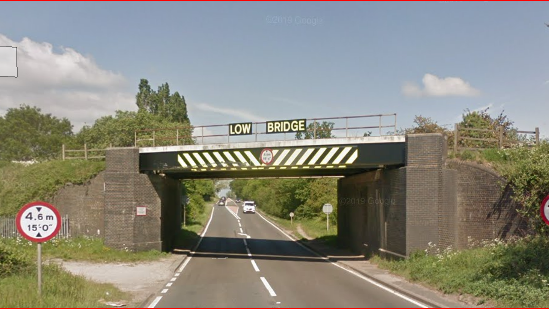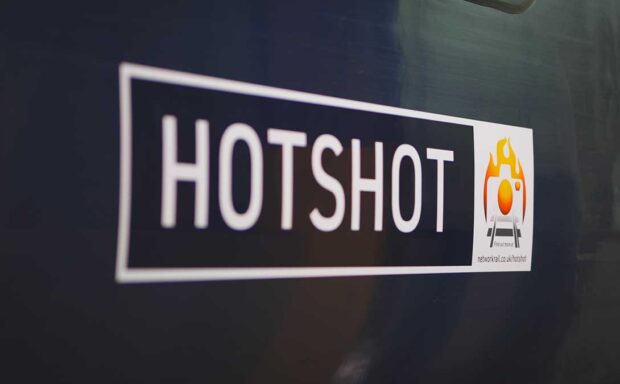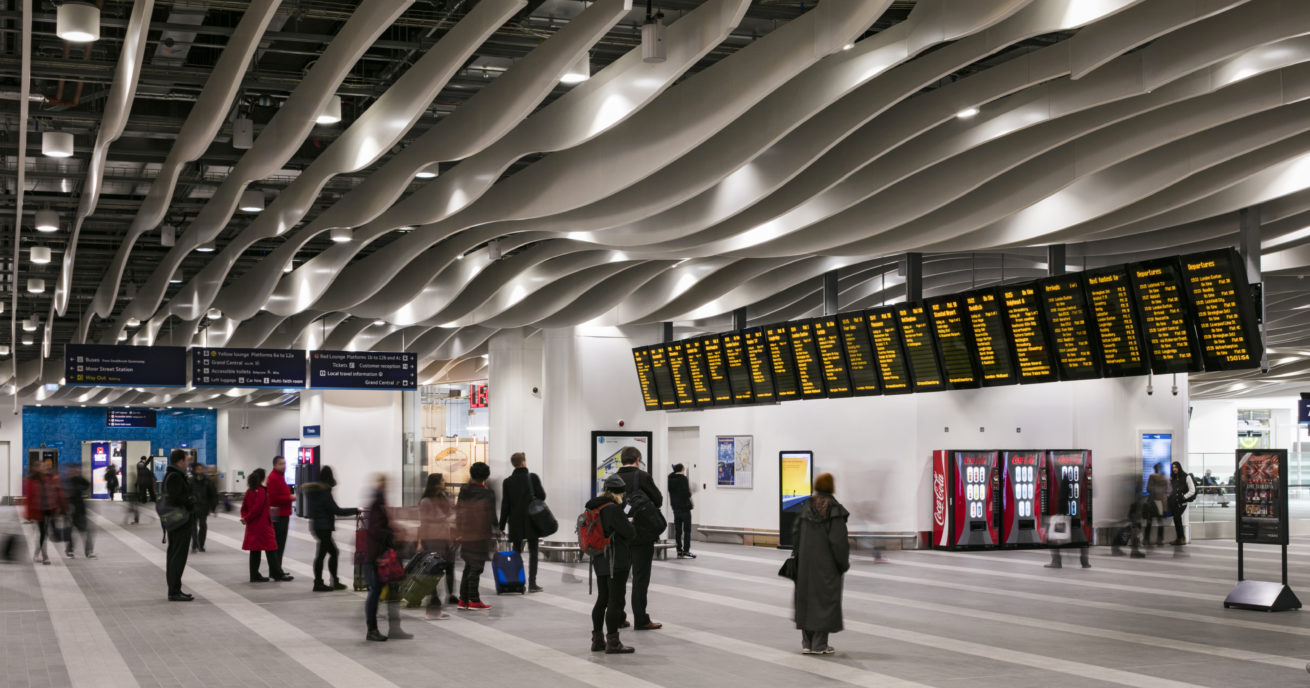With hot weather across Britain, we’re working hard to prepare the tracks for the added strain of higher temperatures.
Here’s how we do it
- We work closely with specialist weather forecasters and local weather stations to make plans and take action so rails are less likely to buckle.
- We have installed mini weather stations and thousands of track-side probes to monitor local conditions.
- We introduce speed restrictions during the hottest part of the day at vulnerable locations as slower trains exert lower forces on the track and reduce the likelihood of buckling.
- We paint certain parts of the rail white so they absorb less heat – and expand less. Typically, a rail painted white is 5°C to 10°C cooler.
- Our teams check track stability each winter as part of ongoing maintenance, and strengthen any weak parts before summer.
- As most track is made up of long pieces of rail that are stretched and welded together, there is much less chance of buckling in very high temperatures because there is reduced compression.
- When a track is made up from short rails bolted together, we leave small gaps between each one to allow for expansion.




